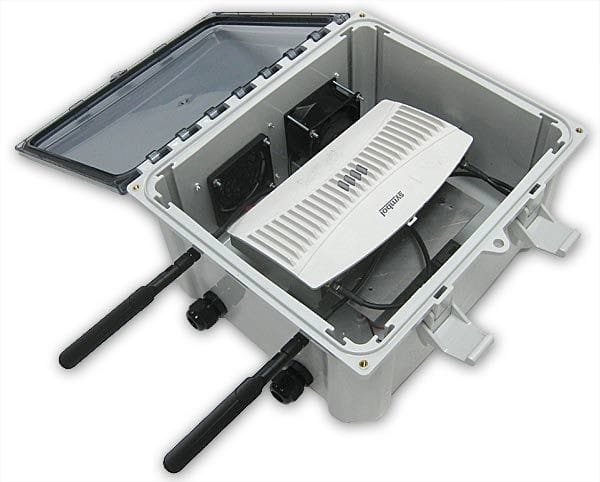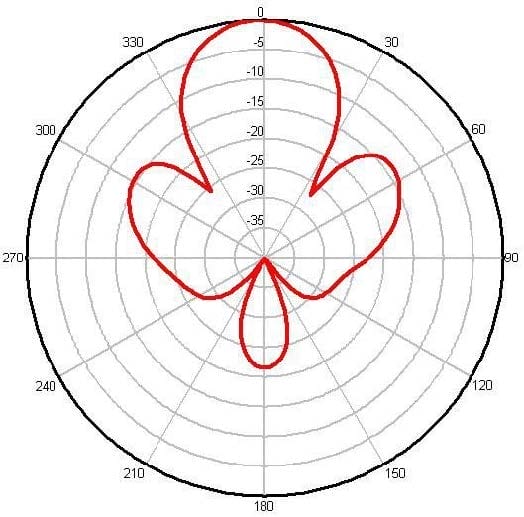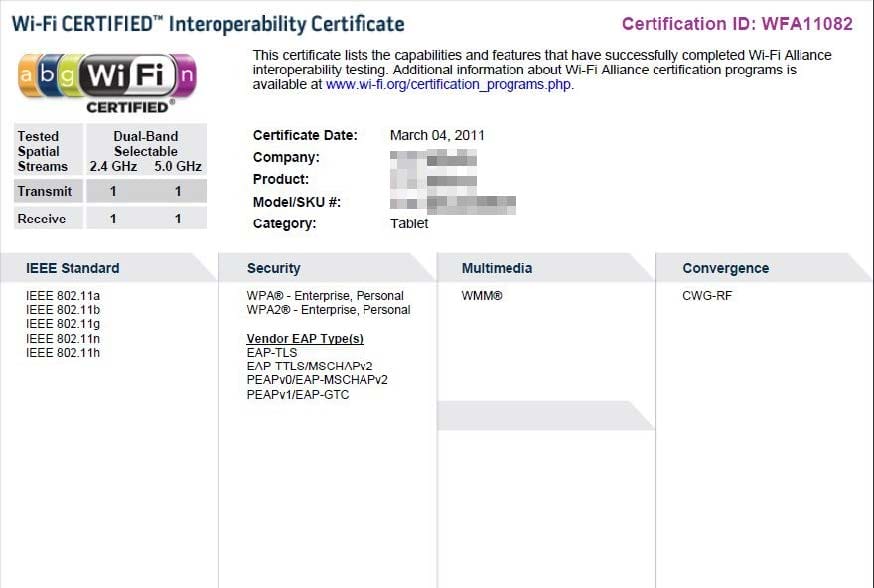Exam Details
Exam Code
:PW0-105Exam Name
:Certified Wireless Network Administrator (CWNA)Certification
:CWNP CertificationsVendor
:CWNPTotal Questions
:125 Q&AsLast Updated
:Apr 01, 2025
CWNP CWNP Certifications PW0-105 Questions & Answers
-
Question 1:
In an 802.11n WLAN with a heterogeneous set of associated client devices including 802.11b, 11g, and 11n, what HT protection mode will the BSS use?
A. Mode 0: No protection mode (Greenfield)
B. Mode 1: Nonmember protection mode
C. Mode 2: 20 MHz protection mode
D. Mode 3: Non-HT mixed mode
-
Question 2:
Given: Network users and IT personnel at a large machinery manufacturer have been discussing the potential uses and benefits of implementing an indoor WLAN. The network administrator and network manager have requested a meeting of senior management personnel to discuss a WLAN implementation before taking any site survey or implementation steps. The first order of discussion in the meeting is corporate policy concerning implementation and use of WLAN technology.
What specific topics are appropriate in this policy meeting? (Choose two)
A. Vendor hardware recommendations
B. Business justification
C. User productivity impact
D. Antenna types
E. Obtaining permits and zoning requirements
-
Question 3:
In an infrastructure Basic Service Set (BSS), how does the passive scanning process occur?
A. Access points broadcast Beacons on all channels of each radio within the regulatory domain. Nearby client stations record information found in the Beacons for use in the association process.
B. Client stations broadcast Probe Request frames on all supported channels in the regulatory domain. Nearby access points respond with Probe Response frames. Client stations record information in the Probe Response frames for use in the association process.
C. Client stations broadcast Probe Request frames on the single channel for which they are programmed. Nearby access points respond on that channel with Probe Response frames. Clientstations record information found in the Probe Response frames for use in the association process.
D. Access points broadcast Beacons on a single channel for which it is programmed. Nearby client stations listen for Beacon frames and record information found in the Beacons for use in the association process.
-
Question 4:
In WLAN security, which authentication methods always create Layer 2 dynamic encryption keys? (Choose two)
A. HTTPS Captive Portal
B. WEP
C. WPA2-PSK
D. EAP-TLS
E. Shared Key
F. TKIP
-
Question 5:
What statements describe industry practices for communication protocols between WLAN controllers and controller-based APs? (Choose two)
A. All vendors use the same protocol so that APs will interoperate with WLAN controllers from other vendors.
B. Some vendors use proprietary protocols, and some vendors use protocols based on public standards like RFCs.
C. For most vendors, the controller-based APs maintain data and control tunnels with at least two controllers for immediate failover and redundancy.
D. All vendors support at least one L2 or L3 broadcast protocol for controller discovery by controller-based APs.
E. All vendors recommend using L2 (instead of L3) controller discovery and tunneling protocols in large enterprises.
-
Question 6:
What is the general type and purpose of the application shown in the exhibit?

A. Laptop-based Site Survey Utility - Creating a list of necessary APs and plotting their locations on a floor plan
B. Wireless Network Management System - Managing multiple autonomous APs through the SNMP protocol
C. 802.11 Protocol Analyzer - Capturing and decoding 802.11 frames for the purpose of troubleshooting and optimization
D. Laptop-based Spectrum Analyzer - Monitoring the RF spectrum for interference sources and improper system operation
E. WLAN Discovery Tool - Locating and identifying secured and unsecured WLAN access points
F. Wireless Intrusion Protection System - Monitoring 802.11 frame exchanges for performance and security analysis and reporting
-
Question 7:
For what reason would the AP enclosure shown in the exhibit be used in an indoor WLAN deployment at an industrial facility? (Choose 2)

A. Aesthetic requirements
B. Physical security and theft prevention
C. Protection from environmental conditions
D. Reduce transient RF interference
E. 802.11 security compliance
-
Question 8:
Using the exhibit as a reference, what is the maximum number of spatial streams that could be used for a downlink HT-OFDM transmission from AP-1 to STA-3?

A. One spatial stream, because the BSS must maintain backwards compatibility with STA-2, which supports only 802.11g (ERP) without MIMO or multiple spatial streams.
B. Two spatial streams, because the number of spatial streams for an HT-OFDM transmission is limited to the capabilities of the least capable HT station in the BSS.
C. Two spatial streams, because the third transmit chain in the HT AP must be used simultaneously for protection mechanisms with the 802.11g (ERP) station.
D. Three spatial streams, because HT-OFDM transmissions will be preceded with protection mechanisms using a basic data rate for STA-2 and possibly STA-1.
-
Question 9:
What is the approximate beamwidth of the antenna displayed in the exhibit?

A. 15 degrees
B. 30 degrees
C. 50 degrees
D. 70 degrees
E. 120 degrees
-
Question 10:
Given the Wi-Fi certification shown in the exhibit, what statement is FALSE about this device?

A. This client device supports protection mechanisms such as RTS/CTS and/or CTS-to-Self.
B. This client device supports both TKIP and CCMP cipher suites.
C. 300 Mbps is the maximum supported data rate for this device.
D. This client device supports the ERP, OFDM, and HT physical layer specifications.
E. This client device supports X.509 certificates for EAP authentication.
Related Exams:
CWAP-402
Certified Wireless Analysis ProfessionalCWAP-403
Certified Wireless Analysis ProfessionalCWAP-404
Certified Wireless Analysis ProfessionalCWDP-303
Certified Wireless Design ProfessionalCWDP-304
Certified Wireless Design ProfessionalCWNA-106
Certified Wireless Network AdministratorCWNA-107
Certified Wireless Network AdministratorCWNA-108
Certified Wireless Network AdministratorCWNA-109
Certified Wireless Network AdministratorCWS-100
Certified Wireless Specialist
Tips on How to Prepare for the Exams
Nowadays, the certification exams become more and more important and required by more and more enterprises when applying for a job. But how to prepare for the exam effectively? How to prepare for the exam in a short time with less efforts? How to get a ideal result and how to find the most reliable resources? Here on Vcedump.com, you will find all the answers. Vcedump.com provide not only CWNP exam questions, answers and explanations but also complete assistance on your exam preparation and certification application. If you are confused on your PW0-105 exam preparations and CWNP certification application, do not hesitate to visit our Vcedump.com to find your solutions here.